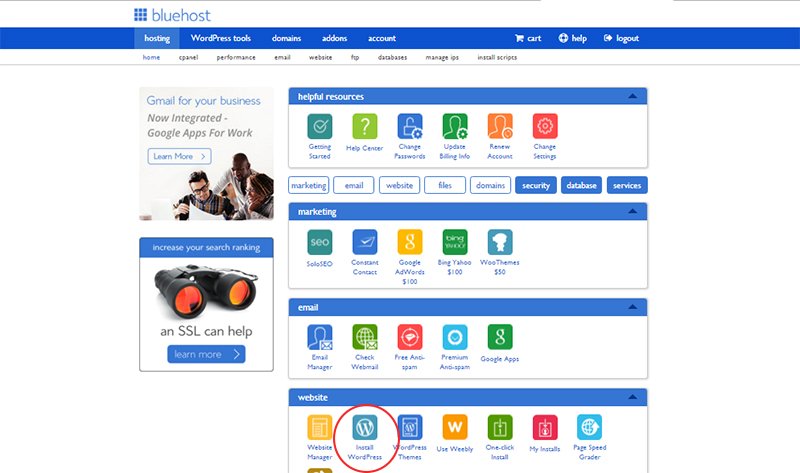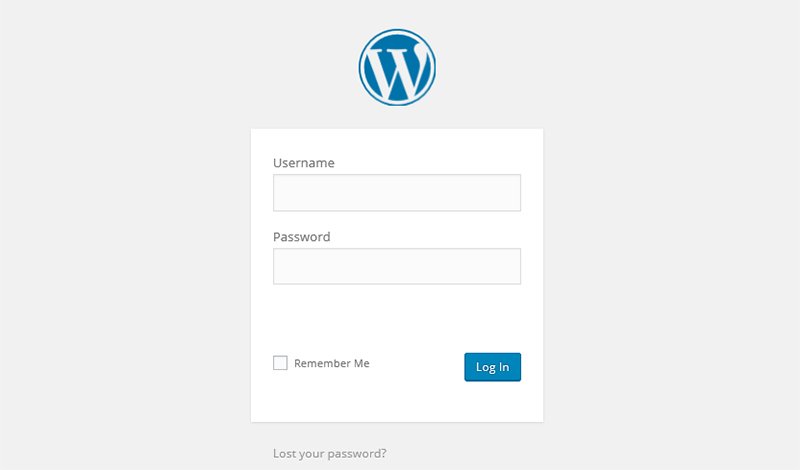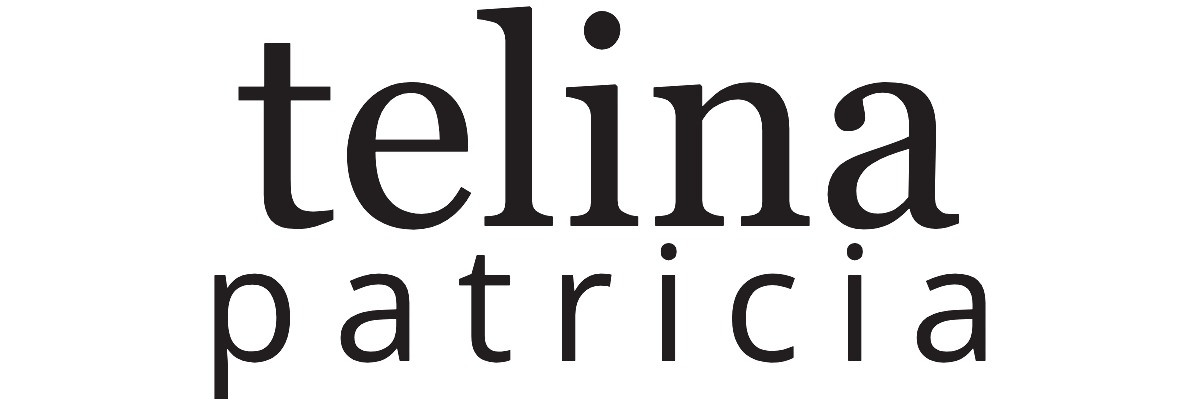 Disclosure: This post contains affiliate links.
Disclosure: This post contains affiliate links.
When people find out I’ve been blogging for so long, one question I’m always asked is, “How do I start a blog?”
Setting up a blog can be overwhelming. I remember all the stress I felt when I started this site back in 2012. There’s so much information out there and it can be difficult to know where to begin.
Today, I’m going to make it easy for you. I’m sharing everything you need to know about how to start a blog in this one single post.
You’ll learn about choosing your blog niche, the best platform to use, domain and hosting options, the process of installing WordPress, selecting a theme, writing your first post and making money blogging.
If you’ve been wanting to take the plunge and start blogging, then this post is for you. I’m going to show you, step by step, how to start a blog.
Why You Should Start Blogging
There’s so many different reasons to start blogging. Maybe, you enjoy sharing the things you’re passionate about. Perhaps, you want to build a community of like-minded individuals. Or, you may have knowledge and skills that you would love to teach other people. It’s a good idea to take some time to figure out your message and the purpose of your blog.
Want to know a big reason why people start blogging? Money. Yes, you can make a living from your blog! It’s definitely not a get-rich-quick thing, but with a lot of hard work and dedication, blogging can be very profitable.
So, do you want to know how to start a blog? Let’s go!
How to Start a Blog
This post is split up into 7 simple steps:
1. Choose Your Topics
2. Choose Your Platform
3. Get Your Domain + Hosting Package
4. Install WordPress
5. Choose Your Theme
6. Write Your First Blog Post
7. Make Money Blogging
1. Choose Your Topics
Before you learn how to start a blog, it’s important to brainstorm the topics you plan on writing about. Your blog is more likely to do well if you write about the things you’re passionate about. When you’re truly interested in what you’re writing about, your readers will be able to pick up on that. Also, it will be much easier for you to stick with your blog in the long run. If you’ve always been a pro in the kitchen, then a food blog may be the way to go for you. Crafty and creative? Start a DIY and crafts blog. Taking some time to brainstorm your interests and explore your mission for your blog will help you narrow down your focus.
2. Choose Your Platform
There’s a variety of blogging platforms available, so it can be difficult to figure out which one to go for.
I wouldn’t recommend free hosting sites. Some free sites don’t permit web ads and may limit or prohibit ads on your blog, or even place their own. Most importantly, if you use a free hosting site, you won’t solely own your blog. That means you’ll be putting your blog in the platform owners’ hands and you won’t have as much control over it. If you’re serious about blogging, you’ll want to move away from free blogging sites.
I’ve tried a few different platforms, but my favourite by far is self-hosted WordPress (wordpress.org), and it’s the only one I recommend to others. Why?
• Self-hosted WordPress gives you the most control and freedom over your site.
• It’s very easy to customise, even if you don’t know how to code.
• It’s much easier to optimise for SEO, which leads to more traffic.
• There’s countless free plugins available to suit your every blogging need.
• It comes with a lot of support, should you need it.
• With self-hosted WordPress you actually own your site. If you own your site, no one can take it away from you.
To set up your self-hosted WordPress blog, you’ll need to get your domain name and hosting package. I recommend using the host site Bluehost.
3. Get Your Domain + Hosting Package
If you haven’t thought of a domain name (or URL) yet, now is the time to start brainstorming. Your domain name is the name of your blog and your unique address on the internet. Try to think of one that’s creative and relevant to your blog. It’s best to keep your URL as short as possible so that it’s memorable for your readers.
When you purchase a hosting package with Bluehost it comes with a free domain – which is great! I’ll be showing you how to get your free domain with your hosting package, as well as what to do if, like me, you already owned a domain.
Once you’ve decided on a domain name, you’ll need to set up hosting for your blog. I strongly recommend using Bluehost as your hosting provider because it’s definitely the best out there. Here’s why:
• Excellent Prices – Through my discounted link, you can get hosting for just £2.95/$3.95 a month!). That’s an amazing price.
• Domain – Your hosting package comes with a free domain.
• Outstanding Customer Service – You’re able to speak to someone by email, over the phone or via the live chat service if you’re in need of any help with your site. Bluehost are known for their excellent support.
• Easy to Use – Features an easy-to-use cPanel interface that’s ideal for beginners.
• Reliability – They have fast, reliable servers and excellent uptime. That’s why Bluehost is popular and power over 2 million sites worldwide.
• Money-Back Guarantee – They offer a 30-day money-back guarantee, so there’s no risk if you change your mind.
Ready to sign up?
Click here to get the discounted hosting price.
 It will take you to this page. At the top right, you can choose your country’s currency (USD, GBP etc). Click on the big green button that says ‘get started now.’
It will take you to this page. At the top right, you can choose your country’s currency (USD, GBP etc). Click on the big green button that says ‘get started now.’
 Next, you’ll be taken to the price plan page. If this is your first one, I’d go with the basic plan, which is the least expensive option and will have everything you need. When your blog’s popularity grows, you can always upgrade later.
Next, you’ll be taken to the price plan page. If this is your first one, I’d go with the basic plan, which is the least expensive option and will have everything you need. When your blog’s popularity grows, you can always upgrade later.

You’ll then be brought to the domain page. To register your free domain name with Bluehost, write it underneath the “new domain” box and then click “next” to see if it’s available. If you already own one, then write it in the “I have a domain name” box.
 Next, it’s time to create your account and fill in all of your personal details.
Next, it’s time to create your account and fill in all of your personal details.
 You’ll then select your package plan. The longer the hosting service you purchase, the cheaper it is. But like I mentioned before, Bluehost offer a money-back guarantee, so you won’t be taking any risks. Whether you get the other extras that are available is totally up to you. But there’s no need to worry about these options too much as you can always add these at a later date.
You’ll then select your package plan. The longer the hosting service you purchase, the cheaper it is. But like I mentioned before, Bluehost offer a money-back guarantee, so you won’t be taking any risks. Whether you get the other extras that are available is totally up to you. But there’s no need to worry about these options too much as you can always add these at a later date.
 Finally, enter your billing information and agree to the terms of service.
Finally, enter your billing information and agree to the terms of service.
Congratulations – you now have a hosting account!
Once you’ve confirmed your email, log in to your account. It’s time to install WordPress!
4. Install WordPress
 Once you’ve logged in, you’ll be taken to your account dashboard. Bluehost makes installing WordPress extremely easy and you can do it right on your Bluehost dashboard with just one click!
Once you’ve logged in, you’ll be taken to your account dashboard. Bluehost makes installing WordPress extremely easy and you can do it right on your Bluehost dashboard with just one click!
Click on ‘Install WordPress’, which is underneath the ‘website’ section.
Next, you’ll be taken through the steps to install WordPress. You’ll be asked to select your domain and then a bar will appear, showing your loading status. It only takes a few minutes to install. After it’s done, a message will appear that says “Congratulations on the installation of your new WordPress site!”.
 Your login page will be at www.yourdomainname.com/wp-admin. You can now login to WordPress dashboard for the first time. Woo! You’ve made it!
Your login page will be at www.yourdomainname.com/wp-admin. You can now login to WordPress dashboard for the first time. Woo! You’ve made it!
5. Choose Your Theme
Now that your blog is set up, the next step is to choose a theme that is right for you. Although there are free themes available, I would recommend purchasing a premium theme as they are more functional, reliable and secure. They also look a lot more professional. I highly recommend the Genesis Framework and getting a child theme.
Why Genesis?
The Genesis Framework is one of the most respected and popular theme frameworks for WordPress. It’s a powerful, premium parent theme with excellent functionality, search engine optimisation and security. In addition, it’s easy to customise, fairly priced and simple to use. Genesis also has a great supportive community surrounding it.
If you’re confused about parent and child themes, then let me try my best to explain it to you. A parent theme provides the functionality of your website, whereas a child theme enables you to customise the design without touching (or messing up!) the parent theme. So, the Genesis Framework gives you the building blocks for a strong site and the child theme makes your blog beautiful!
Here are some beautiful Genesis child themes to check out. Studiopress offer top-notch themes that come with excellent service and support.
6. Write Your First Blog Post
 When you’re ready to create your first post, hover over the “Posts” option and click “New Post” on the dropdown menu. Simple!
When you’re ready to create your first post, hover over the “Posts” option and click “New Post” on the dropdown menu. Simple!
Right at the very top is where you enter your blog post title. The actual blog post text goes in the editor box. The formatting toolbar above allows you to edit text and paragraphs as well as add images or other media. On the right, you can choose a category and add tags. Once you’ve finished your post, hit “Publish” or schedule for a later date.
Here’s a few quick blog writing tips:
• Write posts that speak to your target audience
• Be consistent with your blog posts
• Add value and your unique perspective to the topic
7. Make Money Blogging
Once you’ve produced great content for some time and have a good flow of traffic to your blog, you can then start considering adding content that will generate income. Thankfully, there’s plenty of different routes you can use to monetise your blog. Here’s some of the most popular options:
• Advertising – You can sell advertisements directly to companies or use a service that serves the ads for you. A popular one is Google Adsense and I would highly recommend it. Although you won’t always make a ton of money with ads, it’s an easy, passive stream of income.
• Affiliate Marketing – Affiliate marketing is when you earn a commission by promoting a company’s products. You find a product you like, promote it on your blog and earn a piece of the profit for each sale you make. There’s quite a few popular online platforms that offer affiliate programs. For example, ShareASale is an excellent platform.
• Sponsored Posts – Companies are always looking for exposure and one way they do this is by paying bloggers for sponsored posts. This is when a blogger places a post promoting a company’s products or services on their blog. This is a great way to make money and once your blog becomes more popular, companies will approach you to publish their posts.
• Selling Your Products and Services – A great way to make the most of your blog’s traffic, audience and popularity is by selling your own products or services. Love writing? Many bloggers make a living by writing blog posts for other people. Are you running a food blog? Selling recipe eBooks could work well for you. The WooCommerce plugin for WordPress makes it incredibly easy to start selling from your blog.
So, that’s how to start a blog! Congratulations, I wish you good luck with your brand new blog!
Did you find this guide on how to start a blog helpful? I hope so! If you have any questions, then please feel free to ask away.
Love, Telina
Did you find this post helpful and want to save it for later? Pin it!


